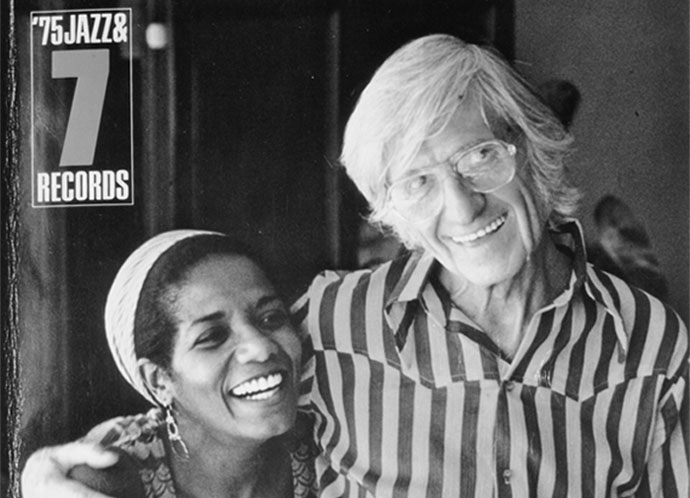 Gil Evans NPR at 100 Part 2
Birth Of The Cool http://www.npr.org/2012/05/13/152577588/gil-evans-essential-jazz-arranger-at-100 Born in 1912 in Toronto and raised in Stockton, Calif., Evans spent a lifetime creating a new sound for a jazz orchestra and did it without any musical education. (He said he learned how to handle a popular song from copying the arrangements on early Louis Armstrong records.) He always played popular music; in the 1930s, he led his own dance band in Stockton. But his music became more complex when he joined bandleader Claude Thornhill's orchestra in 1941. Then, in the late 1940s, Evans met Miles Davis. Their initial collaboration grew out of informal jam sessions at the arranger's apartment on 52nd Street, where some of the best young beboppers in town showed up. The result was a series of recordings that came to be known as Birth of the Cool, credited today with launching the "cool sound" in jazz. Among the musicians was a young French horn player, Gunther Schuller. Now a world-reknowned composer, Schuller says the arrangements were amazing — in particular, a piece called "Moondreams," written by Glen Miller's pianist, Chuck McGregor. "Gil Evans just re-composed this piece in his own much more advanced style," Schuller says. "He composed this coda, which starts with a dramatically dissonant chord, very loud. And over a period of about, let's say, a minute and a half, the music subsides. It gets softer and softer. And it calms down, also rhythmically. It's very agitated at first. And it finally comes to a very beautiful, soft, restful ending in B minor. "It's just an incredible piece of composition. How he came up with that at that time ... it's just beyond even my comprehension, and I knew him very well." The Space Between The Notes Evans wrote dozens of scores that were never recorded. Composer Ryan Truesdell spent the last three years unearthing 50 of them, most written for the Thornhill Orchestra in the late 1940s. He assembled a modern orchestra to record 10 songs for a record released today, for Evans's birthday, called Centennial: Newly Discovered Works of Gil Evans. Truesdell says what makes Evans' sound distinctive is an air of mystery that comes from the space between the notes in his chords. "It's almost like a cloud that the music is able to float on," he says. "With the brass section, for instance, [Evans] would write four-, maybe five-note voicings. But instead of putting them really spaced out, so they took up all that range from bottom to top, he would put them all together. And then all of a sudden, there's all this air between the bass — you know, the walking bass line — and these instruments. And it gives it a floaty, very light effect." In the 1960s, Evans updated his orchestra with electric guitars and synthesizers, but he continued to harmonize with his "close" note chords. In 1983, a week before his 71st birthday, Evans sat at the piano in his cramped New York apartment, took a toke on the marijuana in his pipe and showed me how he harmonized the Jimi Hendrix song "Up From the Skies." "It's got a certain spice to it, right? Because the notes are close," he said. Evans said he never made a cent off any of his records — but he was cool with that. "I started out as an arranger," he said. "If I'd known at the time it was such a loser's game, I wouldn't have done it, because the arranger doesn't get any royalties. But I had so much fun doing it, I never even thought of that at the time." Evans said there was no use complaining about the past; he was only interested in what was happening now. He died at the age of 75 in 1988. |
|
